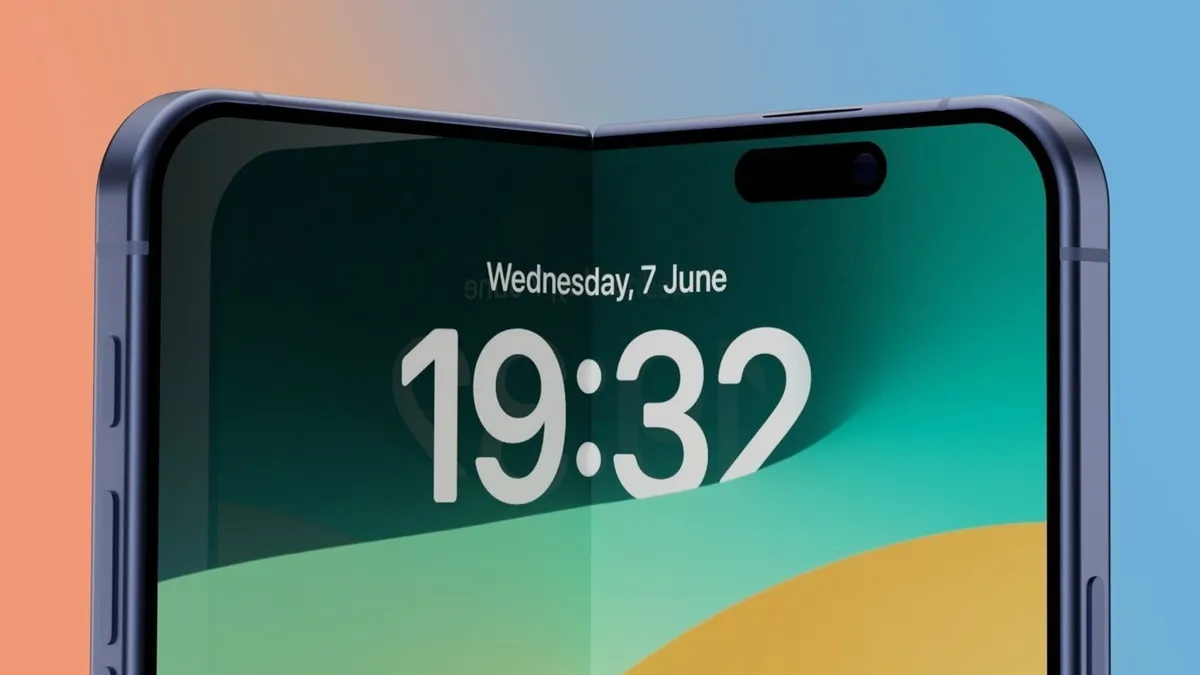
In a surprising turn of events, despite reportedly developing its own innovative design for a crease-free iPhone Fold screen, Apple appears to be opting for a solution from Samsung Display. This decision comes as Apple aims to ensure timely mass production for the anticipated launch of the iPhone Fold in the second half of 2026.
Renowned analyst Ming-Chi Kuo has corroborated earlier reports that Apple has indeed crafted its own folding screen design, which reportedly offers significant improvements over conventional folding screens that typically develop a prominent crease after prolonged use. However, Kuo's latest blog post reveals that Apple will not utilize this in-house design. Instead, the tech giant will lean on Samsung Display's existing screen technology to meet its production timeline.
Kuo's analysis suggests that the iPhone Fold is set to enter manufacturing by the summer of 2026, aligning with previous reports regarding the device's production schedule. While Kuo does not specify an exact launch date, it is widely speculated that the iPhone Fold will debut in September 2026, alongside the much-anticipated iPhone 18 lineup. This timeline raises questions about Apple's strategy, particularly whether the company will choose to maintain a unified launch event or stagger the release of its devices.
Kuo's commentary implicitly indicates that the screen design from Samsung Display is an established, tested commodity, which makes it a safer choice for mass production. Utilizing a pre-existing design would mitigate risks associated with launching an untested technology, especially in a market where consumer expectations are high. If Apple had opted for its own new design, it could have faced potential delays or manufacturing challenges that might hinder the launch of the iPhone Fold.
One of the most compelling aspects of Apple's original design was its promise of a crease-proof screen, which could have served as a strong selling point for the iPhone Fold. The absence of a crease would not only differentiate Apple from competitors like Samsung, which launched its first folding device back in 2019, but also enhance the user experience significantly. Kuo describes Samsung's design as a crease-free display solution that prevents the screen from bending beyond its limits. While this feature aims to reduce misuse, it remains unclear how the screen will perform under typical daily use conditions.
Kuo's insights follow an earlier report from April 2025, which indicated that Apple had settled on Samsung Display for the manufacturing of the screen. However, that report focused more on Apple's exploration of various production partners rather than confirming a shift from its own design. As Apple navigates the complexities of developing its first folding device, the decision to collaborate with Samsung Display raises critical questions about innovation, production capabilities, and the future of Apple's folding technology.